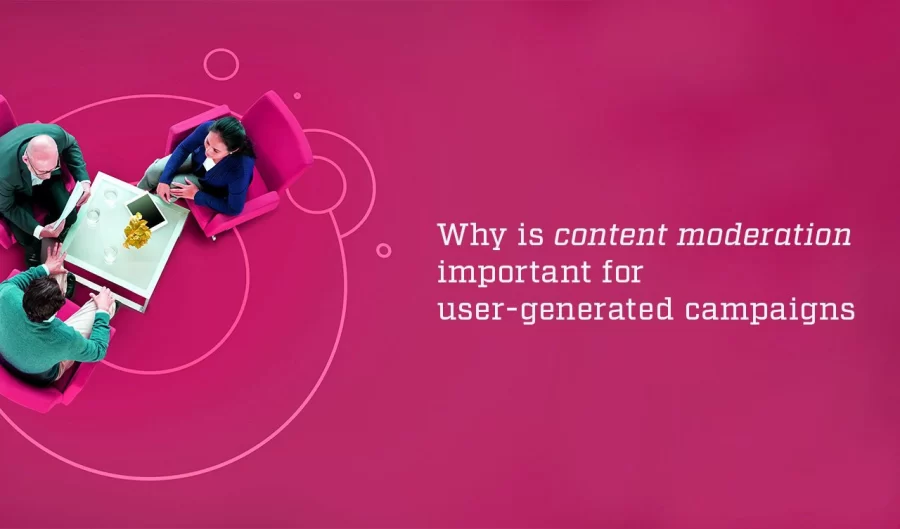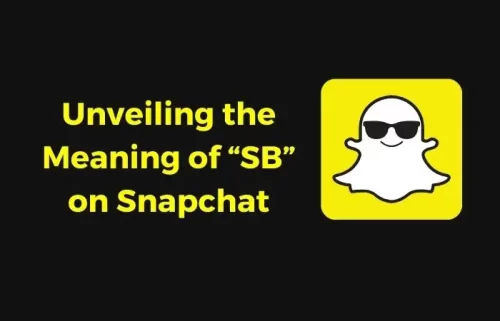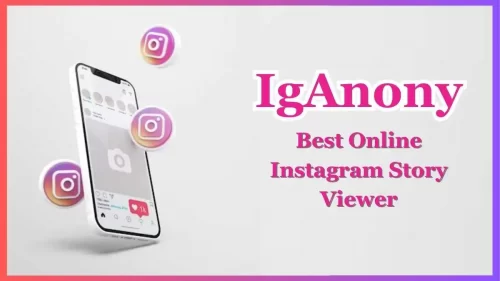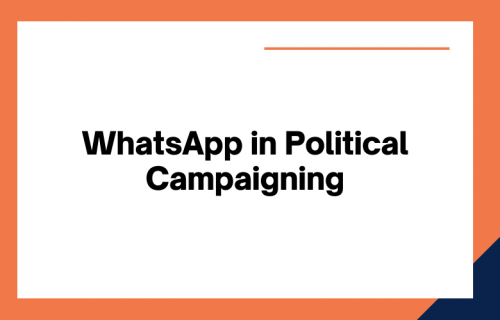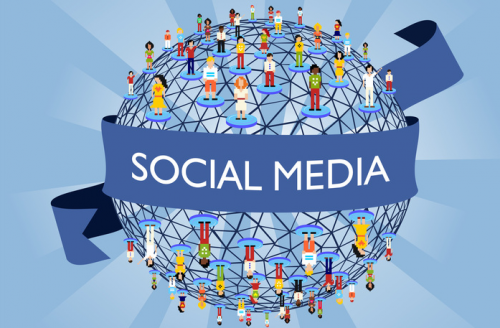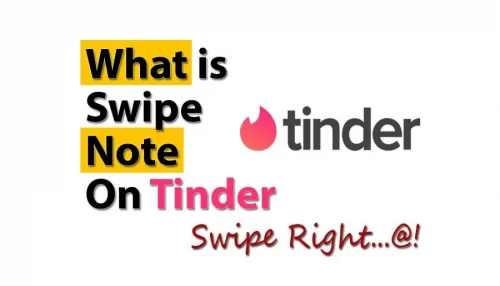Why is content moderation important for user-generated campaigns? In this post, we’ll talk about why using content moderation is a good idea for your brand and the cool things it can do for you.
In the dynamic landscape of online engagement, “Why is Content Moderation Important for User-Generated Campaigns?” emerges as a pivotal question for businesses navigating the vast realms of digital communication.
User-generated content, or UGC, has become the lifeblood of contemporary marketing strategies, serving as a direct reflection of customer sentiments and preferences.
When you’re selling a product or service, it’s not just about the physical thing you’re offering – you’re also selling an experience. Social media platforms are like a dream come true for sales and marketing pros.
They allow you to craft unique marketing plans to showcase and sell various brands. The coolest part about social media is that you can grab people’s attention without breaking a sweat, and the best part? It doesn’t cost a thing.
Big companies are naturally careful about how they appear to the public, so they stick to a specific marketing plan. One effective method to attract more customers is by using user-generated content (UGC).
User-generated content (UGC) is straightforward but incredibly powerful. Seasoned marketers always ensure that any content is effective in keeping a product at the forefront of search engines.
However, a UGC campaign might fail to maintain a brand’s clean reputation if there aren’t reliable tools or methods to moderate user-generated content.
Let’s understand what UGC is and explore why content moderation is crucial for user-generated campaigns.
What is Content Moderation?
Content moderation services usually handle digital platforms, web communities, social media networks, virtual marketplaces, online games, and even the metaverse.
In these places, people can share different types of content like text, audio, images, and videos. This includes things like articles, posts, discussions, forum publications, ads, and more.
Here are some examples of offensive or disruptive user-generated content to give you a better idea of what it includes:
- Using language that offends or discriminates against any person or group based on factors like race, religion, or ethnicity.
- Sharing content that supports or encourages violence or acts of terrorism.
- Promoting false and harmful information about medical practices, including misleading health remedies or treatments.
- Distributing inaccurate or deceptive financial or investment recommendations.
- Publishing sexually explicit or age-inappropriate materials.
- Encouraging illegal activities, such as hacking, malware, or malicious behaviours.
- Propagating political content aimed at manipulating opinions through false information.
- Sharing threatening or intimidating content that provokes fear or panic.
- Spreading sensationalist or clickbait content without providing meaningful details.
But it’s crucial to point out that not all content that gets moderated is necessarily harassing or breaking the law.
It depends on the rules of the platform, the best ways of doing things, community standards, or the specific audience.
What might be considered inappropriate on one digital platform might be okay on another, and the other way around.
To make it clear, let’s compare two social media platforms. The first one is family-friendly and focuses on keeping children safe and their privacy protected.
The second one is more about connecting people and doesn’t have a specific theme. If you post a picture of a child playing in a pool, the first platform might flag it because it’s sensitive when it comes to pictures involving young individuals.
However, the same picture might not face any issues on the second platform since its rules are not as strict when it comes to content related to children.
What are User-Generated Campaigns?
A user-generated campaign is a marketing effort where regular people create the content, called user-generated content or UGC. UGC is super genuine and has been shown to influence how people decide to buy things.
A lot of brands have caught on to this and included UGC in their content plans. In a UGC campaign, brands ask users to make content showcasing their products, or they team up with UGC creators to do it.
Then, they share that content on their social media or website.
Besides influencing what people buy, user-generated campaigns also come with other advantages for brands.
UGC is more cost-effective than collaborating with influencers, quicker than making content internally, and it lets brands showcase diverse viewpoints on their products.
What does content moderation in UGC campaigns involve?
To get a clearer idea of what moderation can be like in campaigns with user-generated content, let’s check out three different examples.
Campaigns where brands work with UGC creators
UGC creators are freelancers hired by brands to make content that looks like user-generated content (UGC). Since they get paid, there’s usually a contract or agreement in place.
This agreement is the ideal spot to outline your rules and minimize the need for moderation down the road.
When UGC creators make content, they send it to the brand to be posted in the brand’s places. This allows brands to do proactive moderation.
Proactive moderation, also known as pre-moderation, happens when the brand can review and decide whether to approve or reject content before it gets posted.
Typically, the brand’s marketing team or social media manager is responsible for this task.
Many UGC creators are open to making a couple of revisions as part of the fee they charge brands. This means if the brand notices something that requires moderation, they can discuss it with the creator before the audience gets to see the content.
Campaigns where users create social media content and tag brands
Another source of UGC comes from real users or consumers. Unlike UGC creators, these users aren’t paid to create content for the brand.
They make content because they genuinely like the products, and perhaps because they’re hoping to catch the brand’s attention.
A common way to grab a brand’s attention on social media is by tagging them. Brands can check the tagged content to see if there’s something they’d like to share.
If they decide to repost it, they often tag the user to show appreciation—this exposure to the brand’s audience can also help the user boost their profile.
Typically, a community manager or someone from the social media/marketing team regularly checks brand mentions. They then decide which ones to share again and which ones not to.
However, to employ proactive moderation when reposting user content, brands should set up their social media profile settings to prevent tags from showing automatically.
For instance, on Instagram, you have the option to review posts you’re tagged in manually. This prevents potentially harmful content from showing up on your “Tagged in” tab.
Some brands, like Monki in the example above, repost user-generated content as it comes in. Others actively promote it through special campaigns with a specific timeframe.
In November, yogurt brand Chobani initiated a challenge on TikTok to discover a Chief Flavor Tester for its Chobani Flip line.
The winner gets a trip to Chobani HQ, a free month’s supply of Chobani Flips, and some other Chobani goodies. To join in, users need to post TikToks where they review Chobani Flip flavors using the hashtag #ChobaniFlipCFT.
And, of course, to do that, they have to purchase Chobani flips. In this case, the user-generated content not only creates excitement but also boosts the sales of the product.
But, here’s a word of caution! With this kind of campaign, someone needs to go through all the videos tagged with #ChobaniFlipCFT and use reactive moderation.
Someone at Chobani must have been busy checking all these taste tester videos to ensure that nothing harmful or offensive appears on TikTok with Chobani’s branded hashtag.
Campaigns where users don’t have to pass through any filters to post content
Although less common, there are instances where users can post content directly to a brand’s profiles or website without going through any moderation filter first. This is another situation where reactive moderation becomes crucial.
Here’s a simple version: Sometimes, brands team up with influencers for takeovers. A takeover is when an influencer shares content using the brand’s account.
Beforehand, it’s crucial to talk about what kind of content the influencers will post and the rules they should follow. Clear communication helps keep a positive relationship with influencers.
Some brands request influencers to create content and send it to their team for posting. Others may give influencers access to their social media accounts.
Whatever the arrangement, it’s essential to ensure that the published content aligns with your brand’s guidelines and the message you want to convey to your audience.
How Does Moderation Work for User-Generated Campaigns?
Experienced content moderators handle moderation for user-generated campaigns to make sure that potential customers see the best aspects of a company’s products or services.
UGC moderation works to keep content positive and free from offensive language used by trolls on social media networks, which could harm a company’s brand image in the market.
Business owners should concentrate on publishing worthwhile material to increase visibility and foster brand loyalty since user-generated content (UGC) has a significant influence on the attitudes and behavior of social media users who are potential customers.
Why is Content Moderation Important for User-Generated Campaigns?
Creating valuable content is not a new marketing strategy, but it’s a way for marketers to enhance visibility and keep customers engaged.
In UGC marketing, users take charge of submitting content. They choose the tone and story of what they share.
When user-generated content is not monitored, it can significantly impact a brand’s image, for better or worse. That’s why having a scalable process to moderate user-generated content is crucial. Here are five reasons why brands need it:
Protects your brand’s reputation
When users contribute content to your campaign, they are essentially acting as representatives of your brand.
Therefore, any inappropriate content that goes unnoticed can damage your brand’s reputation and drive away potential customers.
Certainly not, right?
That’s why it’s important to moderate the content you share. This ensures it aligns with your brand values and community standards.
In addition to that, it also…
Helps maintain a positive online environment
Inappropriate content can make users feel unsafe and uncomfortable on your platform, leading to a negative user experience.
Moderating your content helps build a more positive environment that encourages engagement. It also motivates people to participate in your UGC campaigns.
Ensures legal and regulatory compliance
UGC may be subject to legal and regulatory requirements in your industry and location.
Effective content moderation can help you steer clear of legal and regulatory issues.
Helps you understand your audience
Monitoring and analyzing user-generated content allows you to gain valuable insights into customer behavior. This helps you understand what resonates with your audience and what doesn’t.
This information can be used to enhance your UGC campaigns. Moreover, it’s valuable when creating more relevant content for your audience.
Encourages user participation
Users are more likely to participate in UGC campaigns when they are aware that you’re moderating their content and not tolerating inappropriate or harmful material.
Sure, here’s how you can do this:
Establish communities around your brand’s social content, and you’ll likely see a boost in your brand’s social engagement.
Understanding why content moderation is crucial for user-generated campaigns is essential. Whatever your answer is, I’m here to share various user-generated content moderation strategies that you can try.
Great! Let’s jump right in!
Types of Content Moderation
With over 4.74 billion users on social media, and that number growing rapidly, managing the workflow becomes nearly impossible to handle on your own.
Businesses have turned to AI, human moderation, or a combination of both to cope with the high volume of content flowing in daily across various user-generated platforms.
Here are some general tips that any brand can use to maintain a clean, tidy, and thriving social media presence:
Brands v. Consumer: Consider the types of content users produce for you and the content your brand creates. Choose moderation methods that align with how you engage with customers.
Be Clear: Avoid the gray zone. Establish clear rules and guidelines for everyone involved. This helps employees know what should be filtered in and out, leaving users with no surprises.
Plan Ahead: Don’t let the content stack pile up and fall behind in business. Plan out your content blueprint ahead of time. It will save you headaches (and money).
Provide Quality: Users come to you for enjoyment or to solve a problem. What they don’t want to see is something that distracts them from that goal or message.
While technically all content should be moderated, concentrating on high-risk categories, like anything illicit or illegal, is always a prudent choice.
AI Content Moderation
Machine learning has become incredibly fast. Artificial intelligence has been utilized to detect nearly 99.9% of spam on platforms like Facebook and other user-generated platforms.
This is beneficial for brands because as user-generated content continues to grow and expand, having a fast system becomes crucial to keep up.
Let’s break down how it works:
Computer Vision: Computers have a clear vision of what to keep out. They analyze pictures and videos, effectively keeping spam at the gate.
Natural Language Processing: This excellent feature employs keyword filters and notifies moderation teams when it detects words related to sensitive topics such as abuse, violence, or online bullying.
Built-In Knowledge Bases: In simple terms, humans input information into the computer. This can include regulatory frameworks and business procedures, so AI takes over when the content seems suspicious.
Algorithm: This is where the magic happens. It not only identifies material that’s already been banned, but it also self-learns to enhance its capabilities for future content.
This has been utilized to uncover misinformation about brands and identify overall spammy content.
It’s crucial to remember that while computers are incredibly smart, there are certain things that only a human can catch.
Human Content Moderation
Consider human language for a moment. Figures of speech, context, and even intent contribute to the overall message.
For instance, consider an e-commerce brand that sells nutritional supplements for fitness. People might be posting before-and-after photos on your social media, possibly in sports bras or semi-nude. This could be flagged!
False positives can raise concerns about censorship and damage customer relations. Not good.
People are at the core of every business, so it’s crucial to consider your workers’ psychological health. Being exposed to graphic content daily is a slippery slope.
That’s why we recommend incorporating both AI and human moderation into your strategy.
Both Human and AI Screening
Both methods work well together. If you let AI handle most of the work and throw in a bit of human touch, you can have control over your digital presence, ensuring your customers stay satisfied, safe, and happy.
People vary in how much they lean toward each option, but it’s crucial to assess factors like costs, value, and accuracy when making decisions.
Conclusion
The significance of content moderation in the realm of user-generated campaigns cannot be overstated. As we’ve explored, “Why is Content Moderation Important for User-Generated Campaigns?” is more than just a question; it’s a strategic imperative for businesses seeking to thrive in the digital age.
Content moderation acts as the safeguard that ensures user-generated content aligns with a brand’s identity, values, and objectives.
It’s the invisible hand that shapes online interactions into a positive force, fostering a community that resonates with the brand’s essence.
By embracing content moderation, businesses not only protect their reputation but also harness the potential of user-generated content to its fullest.
A well-moderated campaign not only minimizes risks but maximizes the positive impact, creating an environment where customers become advocates.
In the evolving landscape of digital marketing, content moderation stands as a linchpin, offering a pathway for brands to build trust, engagement, and enduring connections with their audience.
User-generated content is key for businesses to understand their customers and what’s on their minds.
Content moderators keep an eye on user-generated content to make it positive for a specific brand. If you hire a professional service for content moderation, it can help build a strong and respected brand image for your company.
Also Read: What Is An Instagram Wall? How Does It Benefit Your Brand Growth?

